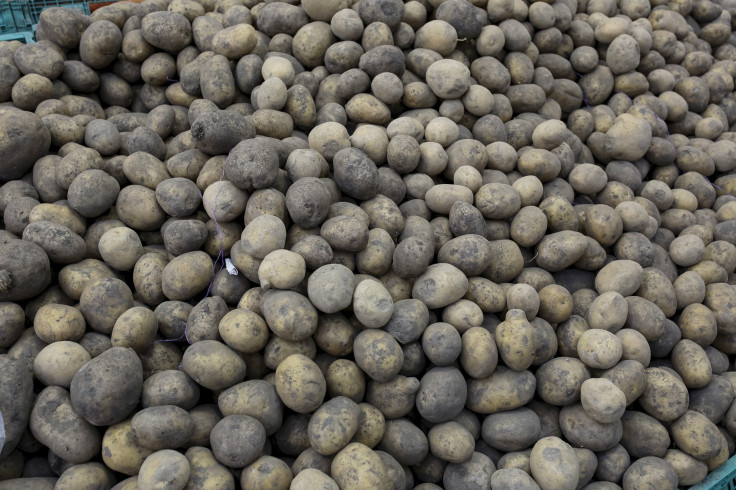Utah's Potato Valley Was Feeding People 10,000 Years Ago

In what can be called the earliest documented use of potatoes in North America, researchers from the Natural History Museum of Utah and Red Butte Garden at the University of Utah have discovered potato starch residues in the crevices of a 10,900-year-old stone tool in Escalante, Utah. To early pioneer settlers, the Escalante area was known as the “Potato Valley.”
The report, published online Monday in the Proceedings of the National Academy of Sciences journal, is probably the first archaeological study to identify a spud-bearing species native to the southwestern United States – Solanum jamesii – an important part of the ancient human diets.
Read: First 'super potato' grown in Mars climate simulator
“Starch granules of Solanum jamesii extracted from ground stone tools establish wild potato use as early as 10,900–10,100 calendar years B.P. in southern Utah. This discovery is the earliest documented use of potatoes in North America, an important energy source that has been largely undervalued or even ignored when diet breadth analyses and optimal foraging theory have been applied in archaeological studies,” the study underlined.
"This potato could be just as important as those we eat today not only in terms of a food plant from the past but as a potential food source for the future," Lisbeth Louderback, senior author of the study, said. "The potato has become a forgotten part of Escalante's history. Our work is to help rediscover this heritage," he added. Louderback is an assistant professor of anthropology at the University of Utah and curator of archeology at the Natural History Museum of Utah.
However, the potatoes we eat today are varieties of a single species, Solanum tuberosum, domesticated in the South American Andes more than 7,000 years ago. The study did not clearly establish a link between S. tuberosum and S. jamesii, a wild species found in the shady shelter of oaks, sagebrush and piñon pines across the Four Corners region of the southwestern U.S.
The study highlights the use of S. jamesii, also called "Four Corners Potato", by several Native American tribes – Apache, Hopi, Kawaik, Navajo, Southern Paiute, Tewa, Zia and Zuni. The tribal groups apparently used various cooking and processing techniques – boiling the potatoes, grinding them into flour or yeast, and mixing the potatoes with clay – to reduce bitterness.
The researchers collected evidence from ethnographic literature, stone tools, and modern gardeners to show that Utahans have used the species intermittently for over 10,000 years. They are now trying to find out if S. jamesii was the first example of a plant domesticated in the western U.S. The geneticists from the U.S. Department of Agriculture have collaborated with the researchers to help them, and they are mining S. jamesii's DNA for genes resistant to drought and disease that could diversify current potato crops to be more resilient.
Read: Chinese scientists to grow potatoes on Moon next year using this technique
In future, the geneticists from the USDA Potato Geneban — who have studied the genetics of S. jamesii since the 1990s — will focus on understanding patterns of genetic diversity across the Four Corners region to look back into its history and find about whether it was transported, manipulated or even domesticated.
"We are working with the people of Escalante to bring awareness to this valuable resource and show them what the species looks like, where it grows, its tremendous history and enlist their help as stewards of the Four Corners potato," Bruce Pavlik, director of conservation at Red Butte Garden and co-author of the study, said.
"It's hard to persuade the general public to care about rare plants. But this one has a real history associated with native people, with pioneers, with folks living through the depression and with the residents in Escalante today.”
© Copyright IBTimes 2024. All rights reserved.





















